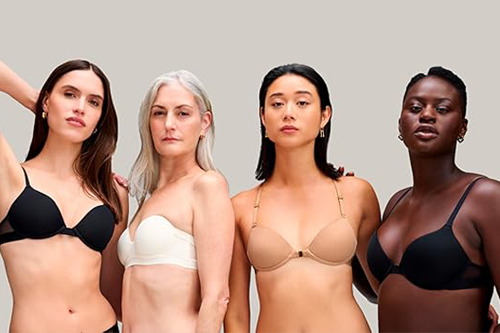Approach
Optimizing Ad Spend for Profitability
Targeted Keyword Strategy
Conducted a deep competitor analysis to identify pricing, keywords, and design trends.
AI-Driven Bid Management
Adjusted bids dynamically to maintain cost efficiency while driving ad sales.
Budget Allocation
Allocated budgets towards campaigns with proven ROI and paused underperforming ones.
Results: Reduced TACOS from 17.4% in June 2023 to 9.6% in November 2024 while increasing overall ad sales by 254.7%.
Elevating Organic Rankings
SEO Optimization
Optimized product listings with high-volume, relevant keywords in titles, bullets, and descriptions.
Content Revamp
Enhanced images, A+ content, and product descriptions to align with customer search behavior.
Review Generation
Implemented strategies to encourage reviews, improving credibility and organic rankings.
Result: Organic sales contribution surged from 13.7% in June 2023 to 47.7% in November 2024, a growth of 1,938.3%.
Sustainable Scaling During Peak Seasons
Seasonal Ad Strategy
Increased ad budgets strategically during high-traffic months like Prime Day and BFCM.
Remarketing Campaigns
Leveraged Sponsored Display Ads to re-engage customers and boost cross-selling opportunities.
Inventory Planning
Ensured stock availability during peak demand, avoiding missed opportunities.
Result: Monthly gross sales increased from $34,556 in June 2023 to $202,116.42 in November 2024.
Comprehensive Data Analysis
Performance Tracking Studied
Used analytics tools to monitor KPIs such as conversion rates, CTR, and sales velocity.
Competitor Insights
Studied competitor pricing and strategies to maintain Pepper Bra’s competitive edge.
Customer Behavior Analysis
Tailored campaigns based on insights into purchasing patterns and demographics.





